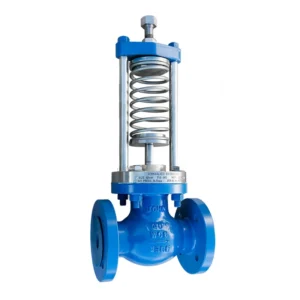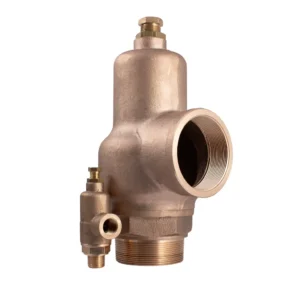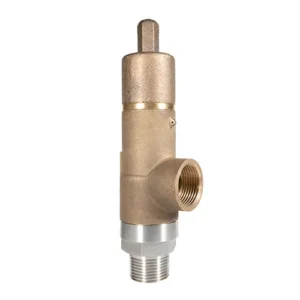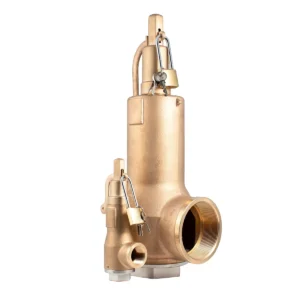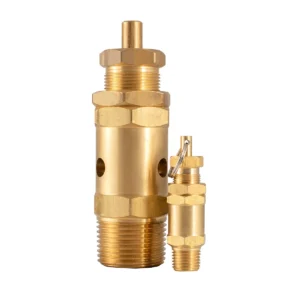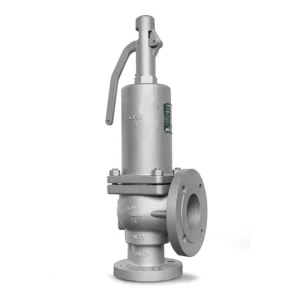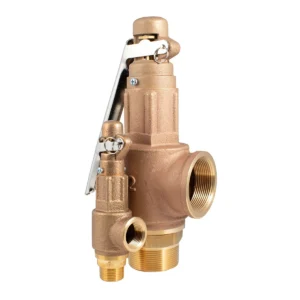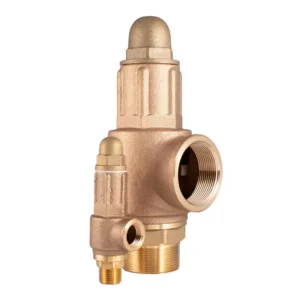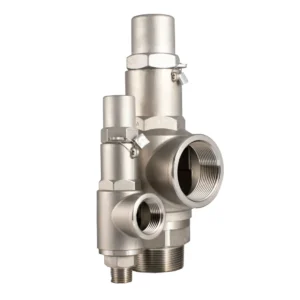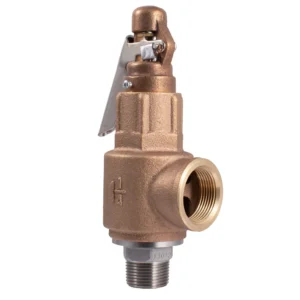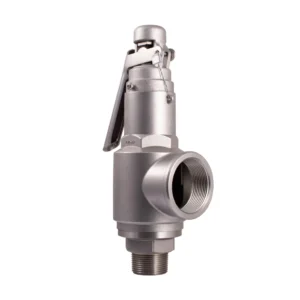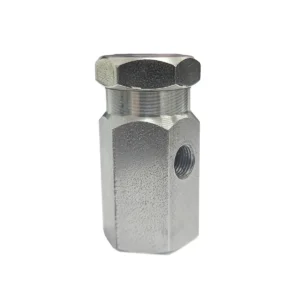Pressure Relief Valves
How can we help?
If you need help or advice with order your valve we are here to help.
Why Choose Us?
John Valves has deep roots in Australia, with a history that stretches back to 1896. Over the decades, we have amassed a wealth of knowledge and experience, consistently adapting to the industry’s evolving demands and technological advancements. For more than 125 years, we have been committed to manufacturing high-quality safety relief valves, delivering reliability and innovation in every product.
Explore our full range of valves and services by visiting our main website.
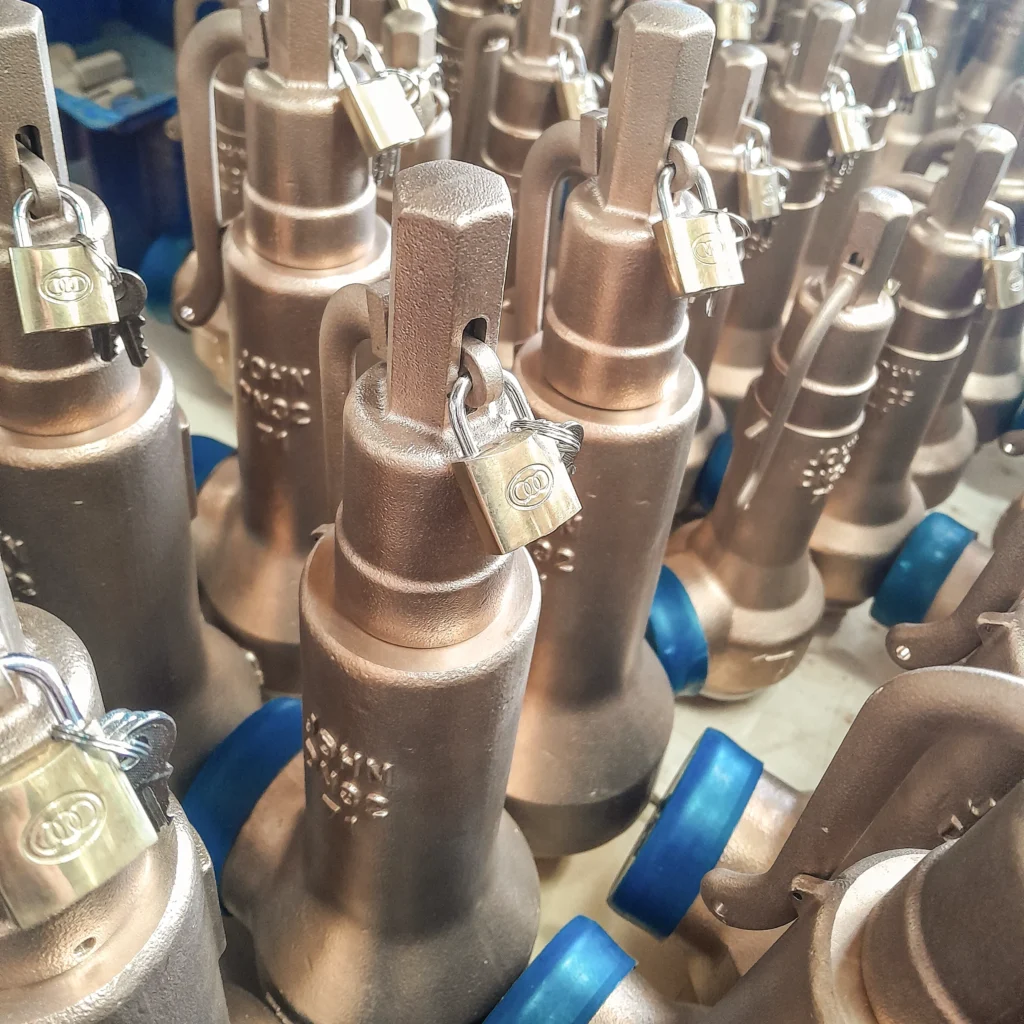
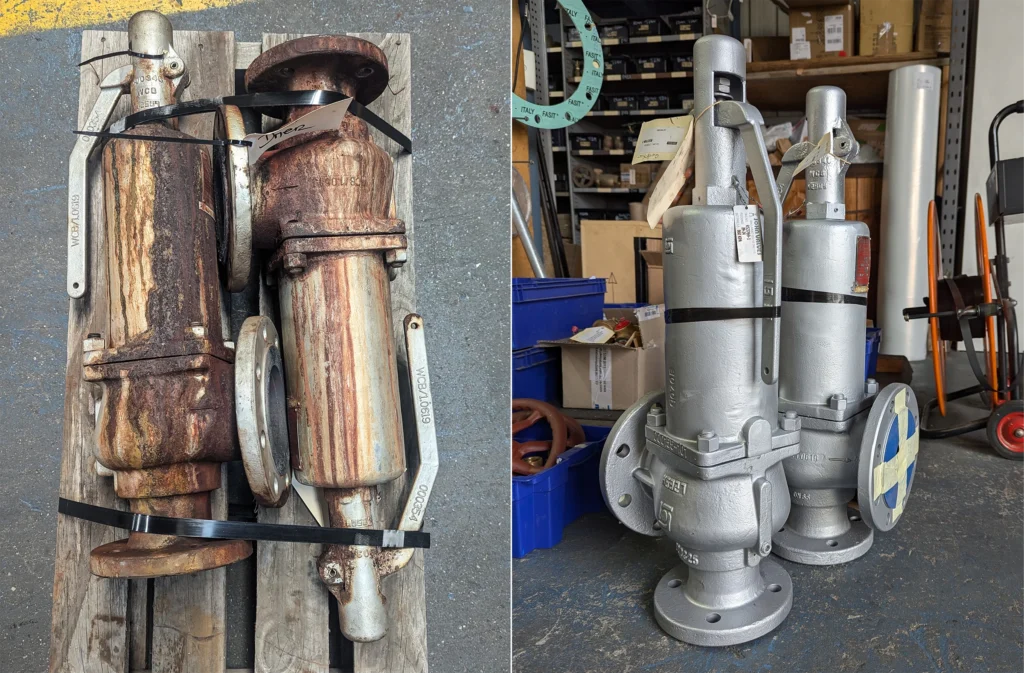
services
Our aim is to have your valves ready as quickly as possible.
Select
First step is selecting the right valve for your requirement. It is critical the safety or equipment and staff to choose the correct valve.
Order
Place your order using the only form or speak directly with a consultant. Our staff will handle your request through to testing & delivery.
Set & Test
Each valve is carefully set your required pressure. Once set, it will be tested to and above your requirements. Each valve* is then supplied with certification.
Deliver
Once ready your valve is carefully packed ready for shipping or pick-up. We use multiple transport business or you can organise your own.
services
Maintenace, repair and retesting of Safety Relief Valves.
Quote
Use the button below to send us information about your valves. Alternatively, call one of our consultants. We will supply a costing and estimated timings.
Process
Once your valves are booked and arrive they are disassembled, inspected, cleaned and assessed. Once deemed suitable for servicing or repair the repair process begins.
Rebuild
Each valve is carefully the reassembled, seats lapped and springs replaced if required and retested and certified. Coated valves are repainted as a last step.
Deliver
We realise how urgent timing and turning around is for safety relief valves. We aim to quickly turn and deliver your valves to you. Each valve is carefully packed and made ready for delivery.
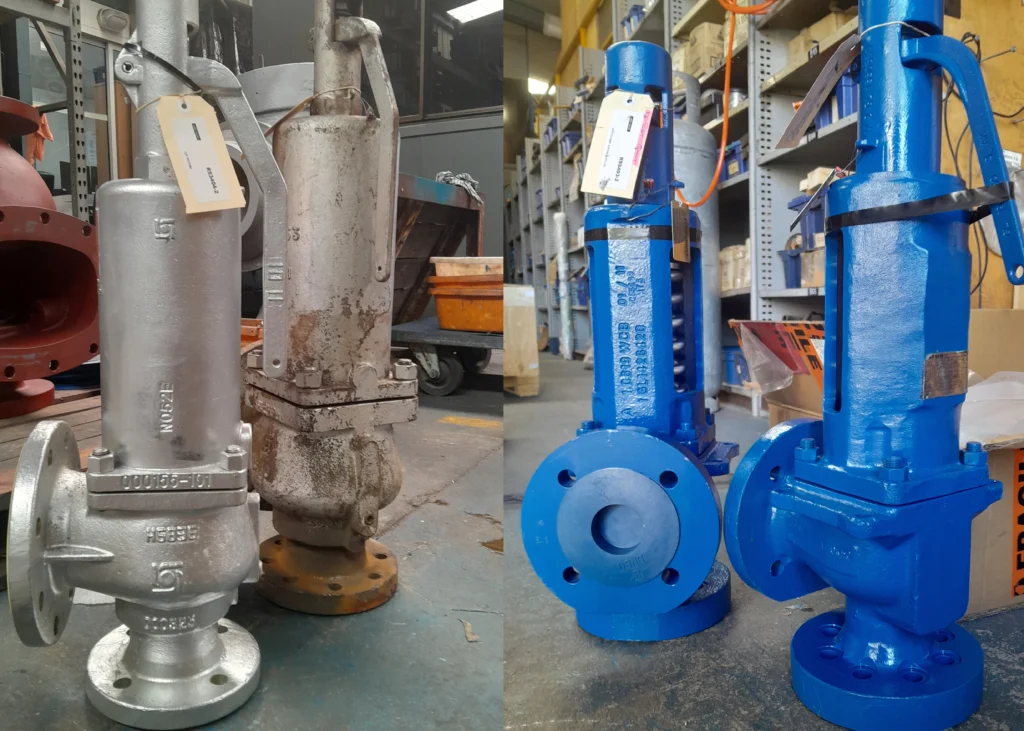
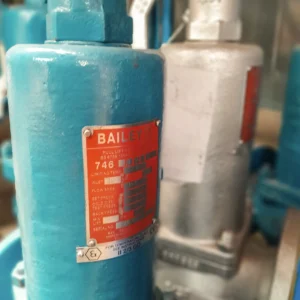
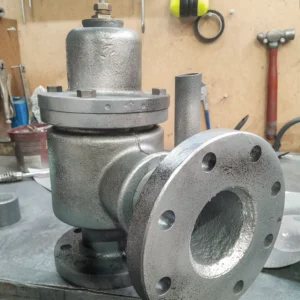
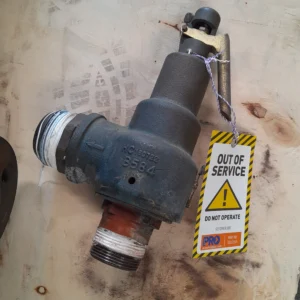
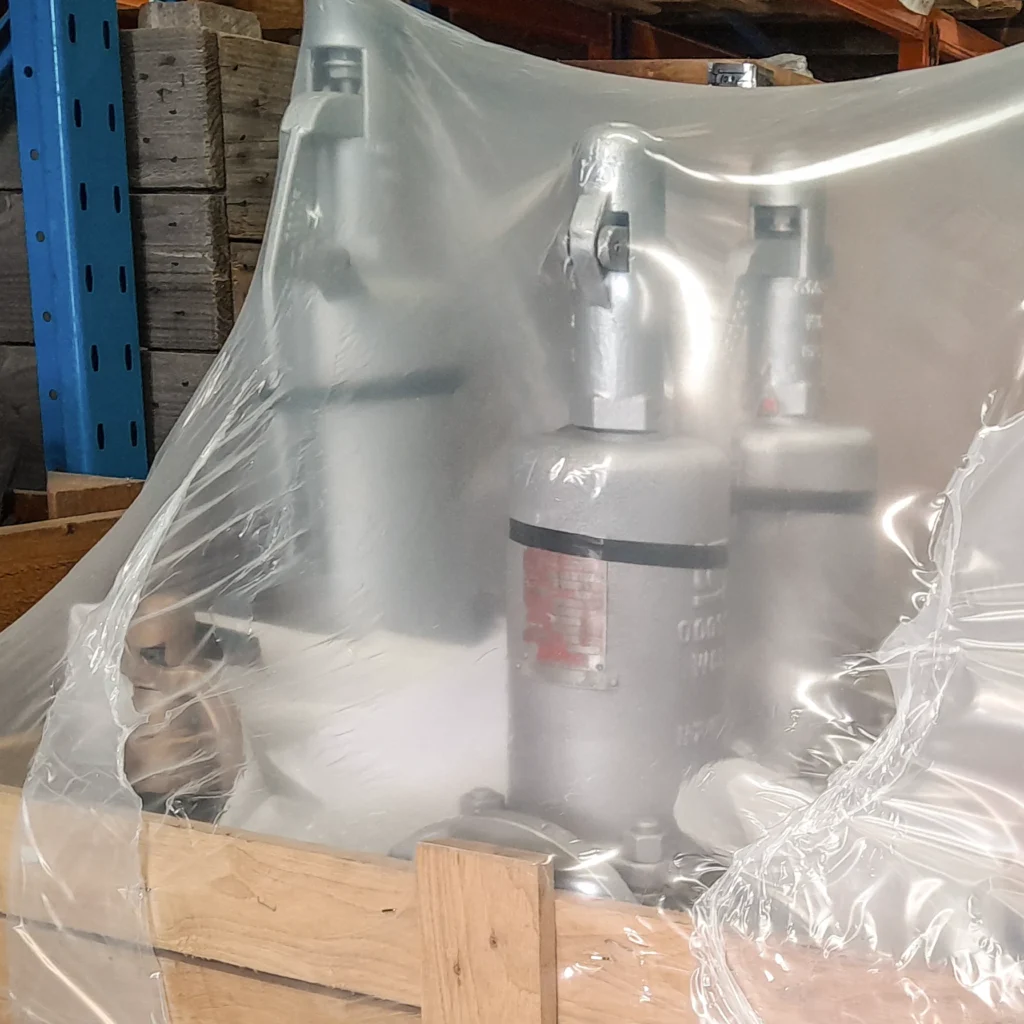
We recondition a wide range of safety relief valve brands
Along with own high quality valves we can also repair valves from other manufacturers. Please enquire if you have a unique or older valve and in most cases we will be able to help you.
Farris Engineering
Anderson Greenwood
Consolidated
Crosby/Emerson
Leser
Kunkle Valve
Watts
Aquatrol
Tyco Flow Control
Bopp & Reuther
Bailey
coming soon
Pressure Safety Relief Valve FAQ
How does a Pressure Relief Valve (PRV) differ from a Pressure Safety Valve (PSV)?
Selecting the appropriate safety or relief valve requires careful consideration of various factors to ensure it meets the system’s safety and operational needs. Key factors include:
- Operating Pressure and Temperature
The valve must handle the system’s maximum operating pressure and temperature without compromising performance or safety. - Type of Fluid
The fluid type (gas, liquid, or vapor) affects the valve’s design, material selection, and flow characteristics. - Set Pressure
The set pressure is the pressure at which the valve is designed to open. It must be chosen based on the system’s maximum allowable working pressure (MAWP). - Back Pressure
The pressure on the valve’s outlet side can influence its opening pressure and overall performance. High back pressure requires a valve designed to operate correctly under those conditions. - Flow Rate
The valve must be sized to handle the required flow rate while maintaining adequate pressure relief. - Material Compatibility
The valve’s materials should be compatible with the fluid to prevent corrosion, erosion, and other material degradation issues. - Compliance with Standards
The valve should meet industry standards such as ASME, API, or ISO to ensure it is suitable for the application and provides reliable protection.
How often should pressure safety and relief valves be tested or inspected?
Regular inspection and testing of pressure safety and relief valves are essential to ensure they remain functional and reliable. The frequency of testing and inspection depends on factors such as the criticality of the application, environmental conditions, and regulatory requirements. Typically, annual testing is recommended for most applications, particularly in critical industries such as oil and gas, chemical processing, and power generation.
However, valves in harsher environments or critical applications might require more frequent checks. Inspections should include visual checks for corrosion, leakage, and mechanical wear, while testing should verify that the valve opens at the correct set pressure and reseats properly.
Proper documentation of each inspection and test is crucial for maintaining compliance with safety regulations and ensuring the long-term reliability of the system.
What causes a Pressure Relief Valve to fail?
Several factors can lead to the failure of a Pressure Relief Valve, compromising its ability to protect the system:
- Corrosion
Exposure to corrosive fluids or environments can cause material degradation, leading to valve failure. - Improper Maintenance
Inadequate or irregular maintenance can result in the buildup of debris, which can obstruct the valve’s operation or cause it to stick. - Incorrect Installation
Improper installation, such as incorrect orientation or improper connection to the system, can prevent the valve from functioning correctly. - Mechanical Wear
Over time, components within the valve can wear down, leading to leakage or failure to open at the set pressure. - Debris or Contaminants
Particles in the fluid can accumulate inside the valve, causing it to jam or malfunction. - Incorrect Pressure Settings
If the valve is set at an incorrect pressure, it may not open when needed, leading to overpressure situations.
Regular maintenance, proper installation, and periodic testing are essential to mitigate these risks and ensure the valve operates as intended.
What is the difference between set pressure and blowdown?
he set pressure is the specific pressure at which a safety or relief valve is designed to open and begin relieving excess pressure from the system. It is a critical parameter in ensuring that the valve activates at the correct time to protect the system.
Blowdown refers to the difference between the set pressure and the pressure at which the valve re-seats (closes) after relieving the excess pressure. Blowdown is typically expressed as a percentage of the set pressure. For example, if a valve has a set pressure of 100 psi and a blowdown of 10%, it will close at 90 psi. The purpose of blowdown is to prevent the valve from cycling open and closed repeatedly around the set pressure, which could cause wear and lead to premature failure. Properly managing blowdown ensures that the valve only closes once the system pressure is safely below the setpoint, maintaining system stability.
Can a Pressure Safety Valve be used as a Pressure Relief Valve?
In some cases, a Pressure Safety Valve (PSV) can be used as a Pressure Relief Valve (PRV), particularly in gas applications where rapid pressure relief is necessary. However, it is important to ensure that the valve is appropriate for the specific application and operating conditions. PSVs are generally designed for gas and vapor systems and are meant to open fully and quickly to release pressure. PRVs, on the other hand, are often used in liquid systems and may operate gradually to maintain a specific pressure range. When considering using a PSV as a PRV, it is crucial to consult with the manufacturer or a qualified engineer to ensure that the valve is suitable for the intended use, taking into account factors such as fluid type, pressure requirements, and operational environment. Please refer to an engineer if you are unsure.
What materials are commonly used in safety and relief valves?
The materials used in the construction of safety and relief valves are selected based on the application, the type of fluid being handled, and the operating conditions. Common materials include:
- Stainless Steel
Known for its corrosion resistance and strength, stainless steel is widely used in valves exposed to harsh environments, corrosive fluids, or high temperatures. - Brass
Brass is commonly used in valves for water, air, and non-corrosive fluids. It offers good machinability and corrosion resistance in many applications. - Bronze
Bronze is another corrosion-resistant material often used in safety and relief valves for marine and industrial applications, particularly for handling water and steam. - Cast Iron
Cast iron valves are used in lower pressure applications where cost-effectiveness and durability are important. - Inconel or Monel
These nickel-based alloys are used in valves exposed to highly corrosive environments, such as chemical processing plants or marine applications.
Why is back pressure important in the operation of a relief valve?
Back pressure is the pressure on the outlet side of the valve, which can affect its opening pressure and performance. Excessive back pressure can reduce the effective set pressure of the valve, leading to improper operation. It is essential to account for back pressure when selecting and setting a relief valve.
What standards govern the design and testing of safety and relief valves?
Several international and national standards govern the design, manufacturing, and testing of safety and relief valves to ensure safety, reliability, and performance. Two key standards relevant in Australia and internationally are:
AS 1271 (Australian Standard)
AS 1271 is the Australian standard that specifies requirements for designing, manufacturing, and testing safety valves, other valves, liquid level gauges, and other safety devices that protect against excessive pressure in boilers and pressure vessels. This standard is crucial for ensuring that the valves used in Australia are designed to handle the specific conditions encountered in Australian industries. AS 1271 provides guidelines on valve selection, pressure settings, materials, testing procedures, and maintenance to ensure safety and compliance with Australian regulatory requirements. Compliance with AS 1271 is mandatory for valves used in applications that fall under Australian jurisdiction, making it an essential reference for manufacturers and users alike.
ASME (American Society of Mechanical Engineers)
Section VIII: ASME Section VIII is a widely recognised international standard that governs the construction of pressure vessels, including the requirements for safety and relief valves. This standard outlines the design, fabrication, testing, and inspection requirements for pressure relief devices to ensure they operate safely under high-pressure conditions. ASME Section VIII is often referenced globally and is essential for valves used in industries like oil and gas, chemical processing, and power generation. Valves that comply with ASME standards are typically considered reliable and robust, suitable for a wide range of industrial applications.
These standards ensure that safety and relief valves are designed, tested, and maintained to provide reliable protection against overpressure scenarios. In Australia, compliance with AS 1271 is essential for meeting local safety regulations, while ASME standards are often adopted for international compatibility and high-performance requirements. Valves that meet these standards help to ensure the safety of personnel, equipment, and the environment in various industrial settings.
*Air valves Fig723 do not come with a certificate
Other Valves
- Gate Valves
- Air Valves
- Ball Valves
- Butterfly Valves
- Check Valves
- Globe Valves
Contact Information
Head Office Ballarat 03 5336 2113
Sydney 0411 749 507
Perth Office 08 9249 1942
Brisbane Office 0409 192 177
Adelaide Office 0418 503 570
